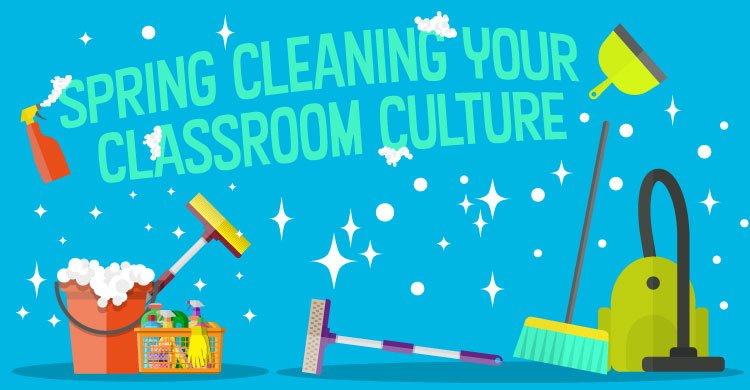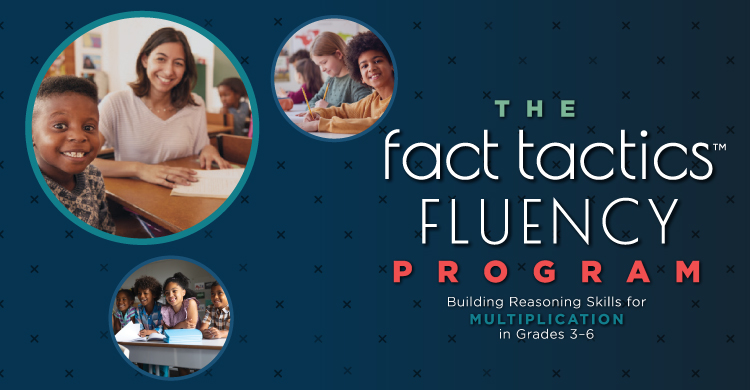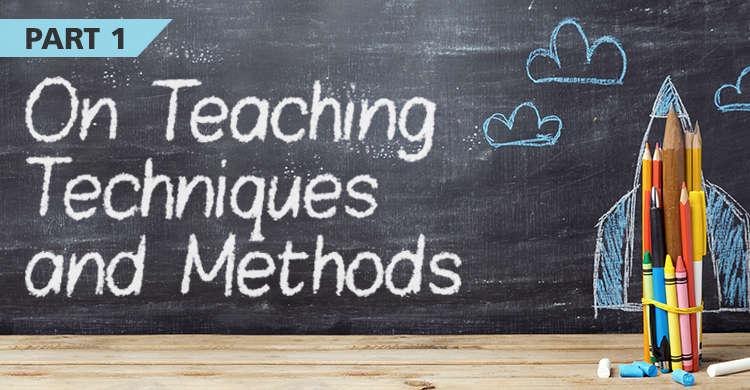It’s that time of year again: spring! For many, this means it is time to unclutter the home and “spring-clean” as winter gives way to summer. I know for me, it is this time of year when I suddenly feel the need to purge unused items and scrub windows and floors to make the house feel like new.
Lately, as I work with mathematics teachers and teams, the urge to unclutter makes me wonder what spring-cleaning might look like in classrooms. I wonder what the clutter is that hampers student learning and might need to be “cleaned” or freshened as students work to learn remaining standards.
Clutter can be literal when there are too many anchor charts on the walls or an overwhelming amount of manipulatives or papers strewn around the room without clear organization. However, clutter is also found in the culture of a classroom and ambiguity of expectations. Consider the following types of cultural clutter that can hamper student learning:
- Some students are left to struggle in confusion, rather than productive struggle, as they work on a high-level task because they are unsure where to start.
- Students and/or teachers talk louder and louder to be heard while few actually listen.
- Students repeatedly ask for the directions because they were not listening and the directions or expectations for student work are not visually available.
- Students are unsure of how to behave or function as an effective group when working independently or in groups.
- Students are unsure of how to engage in mathematical discourse or how to approach a task.
- Students complete activities without understanding how it connects to the essential learning standard.
- Students are assigned lengthy homework assignments and then passively listen as the problems are reviewed in class the following day.
- Students are only given low-level tasks to complete with many finishing early or working in isolation on a computer.
- Students dutifully take notes without checking their understanding and getting formative feedback from peers.
- Weeks are spent on state test preparation rather than on a conceptual understanding of standards with procedural fluency and application.
- Only a few students raise their hands, answering all of the questions asked.
- Students know that expectations for learning mathematics in one classroom differ from another.
How does one unclutter a classroom so each student is engaged in learning mathematics? What might need to be scrubbed or polished in these last few weeks of learning?
Consider some of the following ideas.
| Lose the clutter of… | Consider… |
| Student disengagement |
|
| Confusion | Clarify expectations for working in groups and make sure all students are accountable to learning from the task. |
| Too many voices |
|
| Passive engagement | Determine how all students can answer questions posed in class. This may mean each student shares the answer with a shoulder partner and popsicle sticks are used to randomly call on a student to answer in front of the whole group. |
| Learning content in isolation | Determine how to help students make connections from previous learning to the current standard(s) and develop a visual model or strategy to use to make sense of any algebraic representation (e.g., graph, tape diagram, picture). |
| Lost time | Consider using a timer to create urgency around trying a task as well as knowledge that in a short amount of time some sort of check will occur to clarify the task if needed (e.g., 1 minute to read the task, 2 minutes to start the task, 2 minutes to discuss the task with a partner and choose one of the starts while continuing to work toward a solution, 2 minutes to check with another partner group, and 2 minutes to complete the solution prior to having students share with the class. |
| Inequity | Work with your colleagues on your collaborative team to clarify proficiency expectations, scoring agreements, and calibrate grading of assessments. |
Too often clutter in the classroom interferes with student learning of mathematics whether it be chaotic noise, ambiguity of expectations, auditory confusion without a visual representation, or an overabundance of chart paper posters, to name a few. It is time for some classroom spring cleaning? What needs to be polished?
Recently I visited a middle school where teachers are working to unclutter their classrooms by analyzing instructional practices. As a result, I observed students solving a higher-level cognitive demand task in groups of four, sharing their solutions, and learning from one another. All the while, the teacher masterfully worked to scaffold the task and extend the task, as needed, by walking around the room and engaging with students while requiring them to learn from one another.
It turns out that I will begin spring-cleaning at home this week. And though it promises to be challenging and aggravating at times, I can’t wait for the result!
[author_bio id=”354″]






